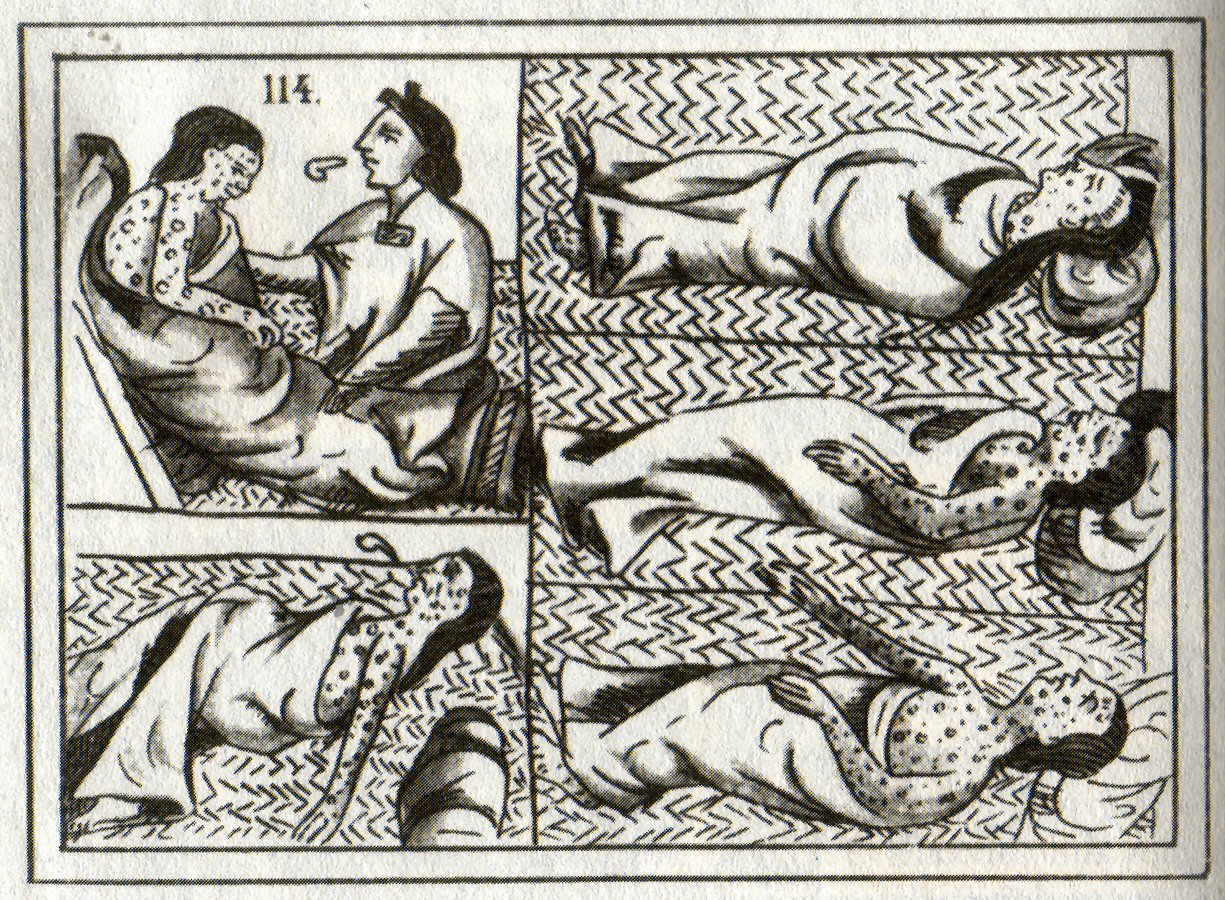Introduction
As discussed in a previous post, the Age of Exploration in the 15th and 16th centuries was a watershed moment in world history. Columbus’ trips to the Caribbean paved the way for the European colonization of the region.
However, Columbus’ arrival in the Caribbean was not a peaceful encounter. The native peoples of the Caribbean were forced to confront a brutal and unforgiving reality under Spanish colonization. The impact of Spanish colonization on the native peoples was devastating, with the consequences of their subjugation still felt today.
In this blog post, we will delve deeper into the Spanish colonization of the Caribbean and examine its effects on the indigenous population. We will also explore the resistance of the Taíno people in the face of colonialism.
Historical Background
The Spanish colonization of the Caribbean began in 1492 with Christopher Columbus’ arrival on the island of Guanahani. The Spanish quickly claimed other islands, including Cuba, Hispaniola, and Puerto Rico. Further colonization of the Caribbean continued for centuries, with the establishment of numerous settlements and the forced conversion of indigenous peoples to Christianity.
As emphasized by the Spanish motto that drove their exploration efforts, “God, Gold and Glory,” Spanish colonization of the Caribbean was driven by several factors, including the search for gold and other valuable resources, the desire to spread Christianity, and the desire to establish territories for the Spanish empire.
The arrival of the Spanish in the Caribbean was often met with resistance from some indigenous populations. The Spanish established settlements and began exploiting the islands’ land and resources, often at the expense of the indigenous populations. They also forced the indigenous peoples to work in mines and on plantations, and many were exploited. The Spanish also brought diseases that devastated the indigenous populations, significantly declining their numbers.
The Impact of Spanish Colonization on the Indigenous Population
We’ll first touch on introducing European diseases to the indigenous populations of the Caribbean. Smallpox, measles, influenza, typhus, cholera, dengue fever and other diseases caused widespread death. This was particularly devastating to the native population as it was not immune to these foreign sicknesses. As a result, death from these illnesses accounted for the majority of depopulation experienced by the natives. Estimates suggest that the indigenous population of the Caribbean declined by 90% within a century of Spanish colonization (Hulme, 2010).

Credit: Painting by Unknown artist, from the “Florentine Codex,” a 16th-century manuscript compiled by the Franciscan friar Bernardino de Sahagún.
Secondly, the Spanish colonizers instituted systems of forced labour which essentially functioned as systems of enslavement. The Ecomienda and Repartimiento systems granted Spanish colonists the right to demand work or tribute from indigenous communities in exchange for protection and instruction in the Christian faith.
Spanish colonists were given control over indigenous labourers, who were required to work in mines or on plantations. In exchange, indigenous workers should receive protection and instruction in the Christian faith or be fairly compensated for their efforts. In reality, many indigenous people were subjected to brutal conditions and forced to work without pay. Spanish colonists also abused many indigenous people, who saw them as inferior and expendable.

Credit: By Sir Thomas Lawrence – Public Domain, https://commons.wikimedia.org/w/index.php?curid=62337972
Other impacts include breaking family systems as adult male natives were killed or exploited by these forced labour systems. Infanticide was commonplace because parents believed that death was better for their children than being subjected to these conditions.
Agricultural systems were entirely destroyed as animals brought from Europe by the Spanish drastically changed the landscape. In addition to their land and sovereignty, the forced conversion to Christianity of the indigenous peoples would’ve resulted in the identity of the native people being altered or lost, leading to a cultural breakdown.
Resistance and Rebellion
Amid the rapid Spanish colonization, the indigenous peoples employed various forms of resistance and rebellion against the Spanish colonization. These included armed uprisings, such as the Taino Rebellion of 1511 in the present-day Dominican Republic. This revolt saw the Taínos, led by the cacique, Enriquillo, rebel against the Spanish due to the mistreatment of his people. The uprising lasted for several years, and Enriquillo was eventually able to negotiate a treaty with the Spanish that granted the Taínos some autonomy.

The indigenous populations’ resistance and rebellion significantly affected Spanish colonization in the Caribbean. The uprisings and revolutions disrupted the Spanish efforts to establish permanent settlements and subjugate the indigenous people. The Spanish had to divert resources and troops to quell the uprisings, weakening their hold on the Caribbean islands. These resistances also led to changes in Spanish policies, such as introducing the New Laws of 1542, which abolished the encomienda system.
Conclusion
In conclusion, the legacy of the Spanish colonization of the Caribbean and its impact on the indigenous populations cannot be understated. The Spanish colonization brought disease, forced labour, and cultural breakdown, leading to a devastating decline in the indigenous people. However, despite the brutal reality of Spanish colonization, the indigenous populations of the Caribbean showed remarkable resilience and resistance against the colonial forces, preserving their culture and fighting back against the oppressive system.
Their enduring legacy is seen in the Caribbean today, where their culture and traditions still thrive despite centuries of colonization. It is essential to acknowledge the ongoing legacy of Spanish colonization in the Caribbean and work towards recognizing and honouring the indigenous populations’ contributions to the region’s history and culture.
References
- Island Uplift. “Puerto Rican Culture: Bomba, Plena, and Vejigante Masks.” YouTube, 24 Oct. 2020, https://www.youtube.com/watch?v=hQJ4iPNRvtY&t=1220s&ab_channel=IslandUplift.
- “Encomienda.” Encyclopædia Britannica, Encyclopædia Britannica, Inc., 21 May 2021, https://www.britannica.com/topic/encomienda.
- “Repartimiento.” Encyclopædia Britannica, Encyclopædia Britannica, Inc., 16 June 2021, www.britannica.com/topic/repartimiento.
- Hulme, P. (2010). The Conquest of Paradise: Christopher Columbus and the Columbian Legacy. Pimlico.
Average Rating
One thought on “The Devastating Effects of Spanish Colonialism on Caribbean Natives”
Interesting reading. It who be published
Comments are closed.